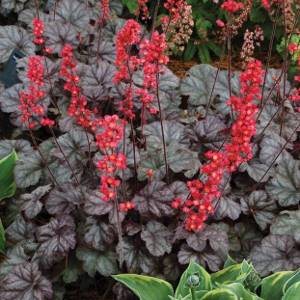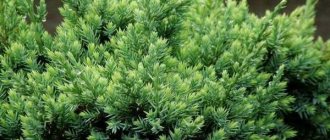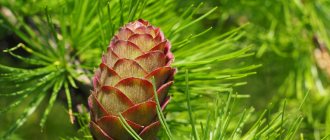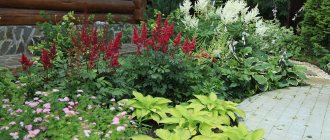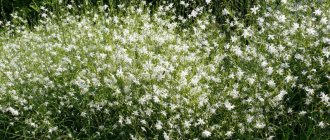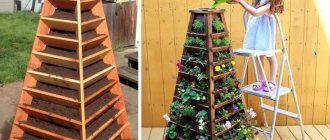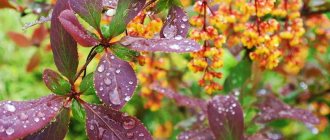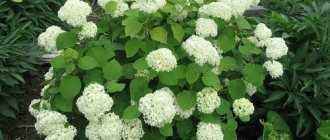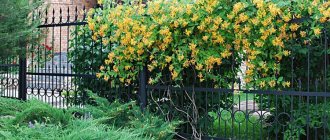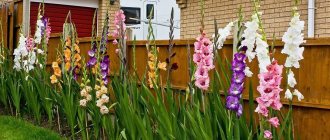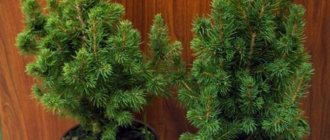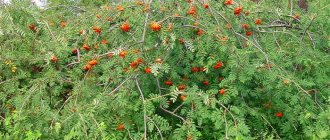The landscape design of a site depends on a large number of factors. When creating it, special attention must be paid to the selection of plants that can exist in a certain climate. One of the most popular plants for the site is heuchera. In this article we will talk about its types and options for use in landscape design of a site.
Plant characteristics
Heuchera is an ornamental plant, which is a composition of jagged leaves. It is popular for the different shades of these leaves and the ability to maintain a presentable appearance until late autumn. At the moment there are more than 70 varieties that can fit into any landscape. All of them are divided into forest and mountain.
Important! This plant is unpretentious, which will be a definite plus for those who do not have time to fully care for their flower beds.
Heuchera is appreciated by both beginners and professionals for the following qualities:
- The ability to create a bright accent on the site.
- Maintaining an attractive appearance throughout the season.
- Good survival rate in containers.
- Ability to adapt to any light intensity.
- Good tolerance to cold and temperature fluctuations.
- Simplicity and fast reproduction times.
- Resistance to the most common diseases.
- Low maintenance requirements.
- Get along with most other plants.
- Possibility of planting near ponds and on stone compositions.
Due to the variety of varieties that differ in appearance, heuchera can be used to decorate rockeries, rock gardens, multi-tiered flower beds and other plantings in the foreground.
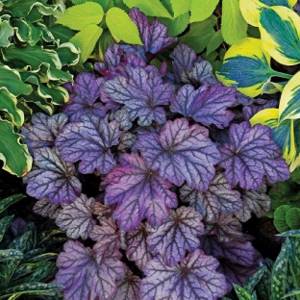
Popular varieties
Thanks to the ability of the plant to change the color of its leaves throughout the season, the garden always has an attractive atmosphere. Usually, at first the leaves are lighter in color and become darker towards the end of flowering. Often, gardeners at the end of the season collect the leaves of this plant and, combining with others, decorate their home with it, placing it in a vase. To better understand what this plant is, let’s consider its types.
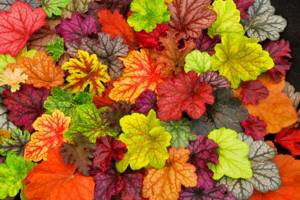
Blood red
This plant belongs to the mountain type varieties and is characterized by high levels of endurance and unpretentiousness. The bush consists of dense round leaves with carved edges. Its appearance, which has light cream-colored spots on the surface of the foliage, is suitable for landscape design. This heuchera blooms with small bell-shaped flowers of red or pink color.
Important! The plant has medicinal properties.
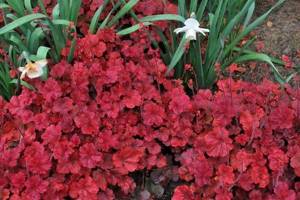
Small-flowered
This type of plant is especially loved by landscape designers due to its chic appearance. The leaves are similar in design to maple leaves, their shades may be different. For example, bronze or purple, some have silver spots. The flowers stand out in large numbers and have a beige-pink hue.
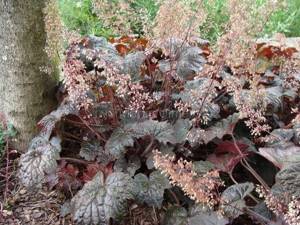
Hairy heuchera
This variety is forest. The main feature of the plant is its large leaves with a velvety coating and elegant peduncles. The flowers are usually delicate shades of cream or light green.
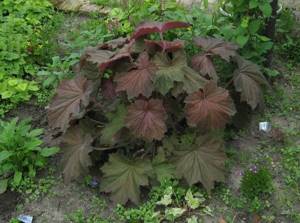
Cylindrical Heuchera
This is a subspecies of a mountain type plant. It is distinguished by its larger size than all other mountain representatives. Heuchera received its name due to its inflorescence, which resembles the shape of a cylinder. Varieties of this type are distinguished by a wide range of flower colors.
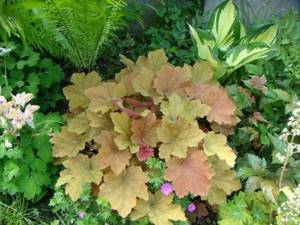
Gooseberry-leaved heuchera
The plant is equipped with small three- or five-lobed leaves. But at the same time they are always collected in groups. Heuchera stems are long, reaching a height of 60 cm, with small white flowers at the ends.
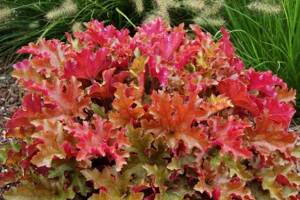
Hybrid Heuchera
The name speaks for itself and means that this plant variety consists of several. In creating landscape design, all possible shapes and shades that are found in hybrid heuchera are used. The flowers of the plant also have different colors, which is an indicator of the popularity of the plant.
There are still many different varieties of this amazing plant, but we have presented only the most popular ones. Among the entire assortment, it is easy to choose exactly the plant that will ideally complement your garden plot.
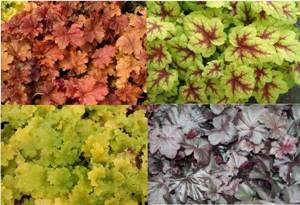
Description of Heuchera
Heuchera is a neat bush, reaching up to a meter in height, with leathery leaves of various shapes and textures. They can be either smooth or corrugated or curly. The leaves are as striking in color as in their shape - from black to white, the whole color palette, with stripes, spots and specks. The color of the leaves depends on the lighting and heating of the bushes. Some varieties prefer shaded areas, others love full sun. This unusual plant begins to bloom at the beginning of summer and continues throughout the season, with small flowers collected in elegant panicle-shaped inflorescences. The bell-shaped, white, cream, pink or red flowers are borne on long stems. After flowering, fruit-pods with seeds remain on them. One box can contain up to 20 thousand seeds. Usually the stems are cut off immediately after the flowers have faded. Multi-colored bushes tolerate sudden temperature changes and bad weather well. Leaves from the bush are not cut off even for winter. Only the root collar of a young bush can suffer, but if you cover it with foliage, it will not cause any trouble. Over time, the root will gain strength, which will allow it to grow in one place for several years. After a few years, it will become noticeable that the leaves have begun to become smaller, this will be a signal for replanting to another place. It is very easy to replant it, in spring or warm autumn, you just need to divide the bush into several sections. It is important to know that weeds are the main enemy of the plant and can destroy it. It's worth cleaning them up in time.
Useful articles about the garden, vegetable garden and flower garden
How to fertilize the soil for potatoes?
Pelargonium Ampelous cultivation and care at home
Caring for raspberries in spring: pruning. Video
Lunar calendar for April 2021 for gardener and vegetable gardener
Options for planting heuchera in the landscape
In the landscape, you can plant heuchera in almost any type of bed. It will look gorgeous in any flower garden. We will present interesting options for planting with heuchera in landscape design.
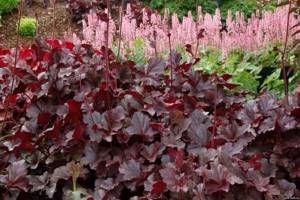
Solitaires
Heucheras will look elegant in single plantings, and you can combine several varieties with different leaf colors at once. But in design they need to be correctly combined.
You can use contrasting shades of heuchera flowers in the flowerbed, combining dark-leaved ones with light-leaved ones. Heuchera flower beds are also often created with flowers of the same color, but foliage of different textures. A flowerbed with a smooth color transition from light to dark looks great.
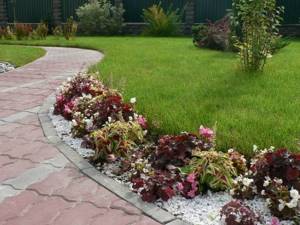
Advice! As tapeworms, heucheras will complement borders and ridges, and they are also often planted along garden stone paths.
But, since these plants do not really like direct sunlight and are small in height, it is better to plant coniferous, deciduous shrubs or ornamental grasses near them, which will provide partial shade.
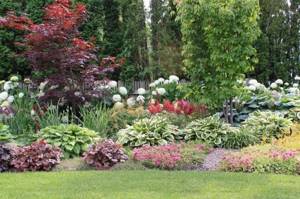
In combination with shade-tolerant plants
Heuchera goes well with any shade-loving plants. Ferns and hostas can become optimal neighbors for it. If there are not enough colors in the flower garden, then you can plant dicentra. It is worth noting that its soft pink flowers go best with heucheras of purple, violet and burgundy shades. Blue forget-me-nots will add tenderness to a flower bed with salmon-colored heucheras.
If there must be large flowers on the site, then there is a solution for this in landscape design. Heucheras of different colors can frame a flower bed with daylilies or lilies. This flower bed configuration looks best along the wall of the house or near the fence.

Heucheras in an alpine hill
The rock garden is a good place to plant heuchera. They uniquely complement this solution if they are located in the foreground. In company with them may be daylilies and coniferous shrubs, which must be carefully trimmed.
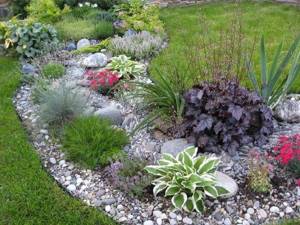
Combination of hosta and heuchera
Flower growers especially liked the combination of hosta and heuchera due to the possibility of creating interesting landscape design projects. These plants have a large number of subspecies, so everyone can put together an individual flower garden.
Hostas in most cases are represented by green shades with the addition of white or blue, and heuchera has a red tone. These features allow you to show the contrast between types and emphasize each individually.
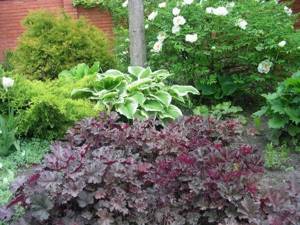
Features of growing from seeds
Heuchera seeds are propagated relatively rarely, but this method is relevant for rare varieties for breeding purposes. Using it, you can get more plants in one season than by dividing the bush. It is important to take into account some features of seed propagation, namely:
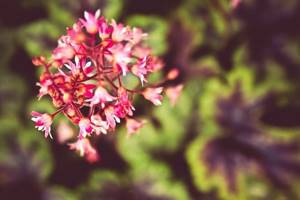
Heuchera peduncle is cylindrical with pronounced green leaves with characteristic dark spots along the veins
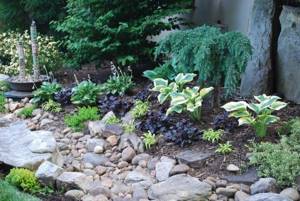
Young heuchera seedlings in a decorative corner in the courtyard of a private house
Planting and caring for heuchera
Heuchera, as mentioned earlier, is a shade-loving plant, so it is better to plant it in a place where there is openwork shade from taller plants, shrubs or trees. It is best to place flower beds with heuchera away from buildings and tall trees in the west or east. The only exception to the rule is heuchera with red or pink foliage, which can be planted in a sunny meadow.
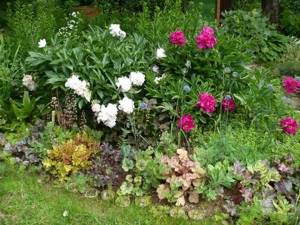
Advice! If the garden does not have a shaded area, then the heuchera can be planted in the sun, but it is important to water it regularly and abundantly.
Heucheras with purely green leaves are often planted in full shade, where they feel great. Those plant varieties where light shades predominate on the leaves should be placed in a flowerbed, which is dosed with sunlight so that the leaves do not darken.
For planting heucheras in open ground, choose April or early May, when the weather is not quite hot. This rule applies only to rooted cuttings. Regarding seedlings, we can say that they are planted only during a period when there is no threat of frost that will damage the leaves of the plant.
The main problem in caring for this plant is its capriciousness when wintering in central Russia. In order to grow a beautiful plant, you must first study its characteristics and care requirements.
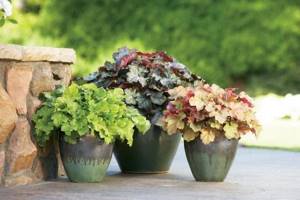
Since the tops of the heuchera do not die off in the winter months, the main threat to it is the drying out of the leaves in the winter sun, since the roots cannot extract moisture from the frozen soil. Therefore, it is important to provide sufficient watering for the plant. This is done only at the root and with warm water. To protect the foliage, it is covered with coniferous spruce branches. You can also cover it with boxes, spunbond or lutrasil. Even fallen leaves will do in a pinch. The main thing is that the coating is loose enough to allow air to pass through. Protection from the plant is removed only in the spring, when the soil is sufficiently warmed up.
Heuchera does not accept excess moisture, which means it is afraid of snow melting in the spring. If the water stagnates for a long time, the leaf rosettes begin to rot. During this period, you need to be more careful about the condition of the plant. So, in the spring, when the days are warm and the nights are cold, the roots of the heuchera begin to protrude from the soil. If this is observed, then it is important to remove the plant from the soil in time, plant it at an acceptable depth and cover it with sawdust or humus.
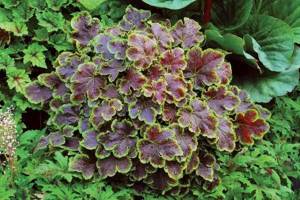
If the ground is not yet soft enough, then you can not dig up the bush itself, but loosen the soil around it and mulch it. This will help the top layer of soil not to overheat during the day and not form an ice crust at night.
The roots of a young heuchera are much stronger than those of an old one, in which they have become lignified, so the former overwinter much easier than the latter. Adult plants need a constant flow of air, which is achieved by loosening the soil near planting. Mulching with organic matter will also help protect the roots.
Adult heuchera bushes often lose their central part after winter. This is the result of poor preservation of leaves and stems and their drying out. It is best to divide such a bush into several parts and plant each of them separately. Thus, the plant rejuvenates and its appearance improves.
